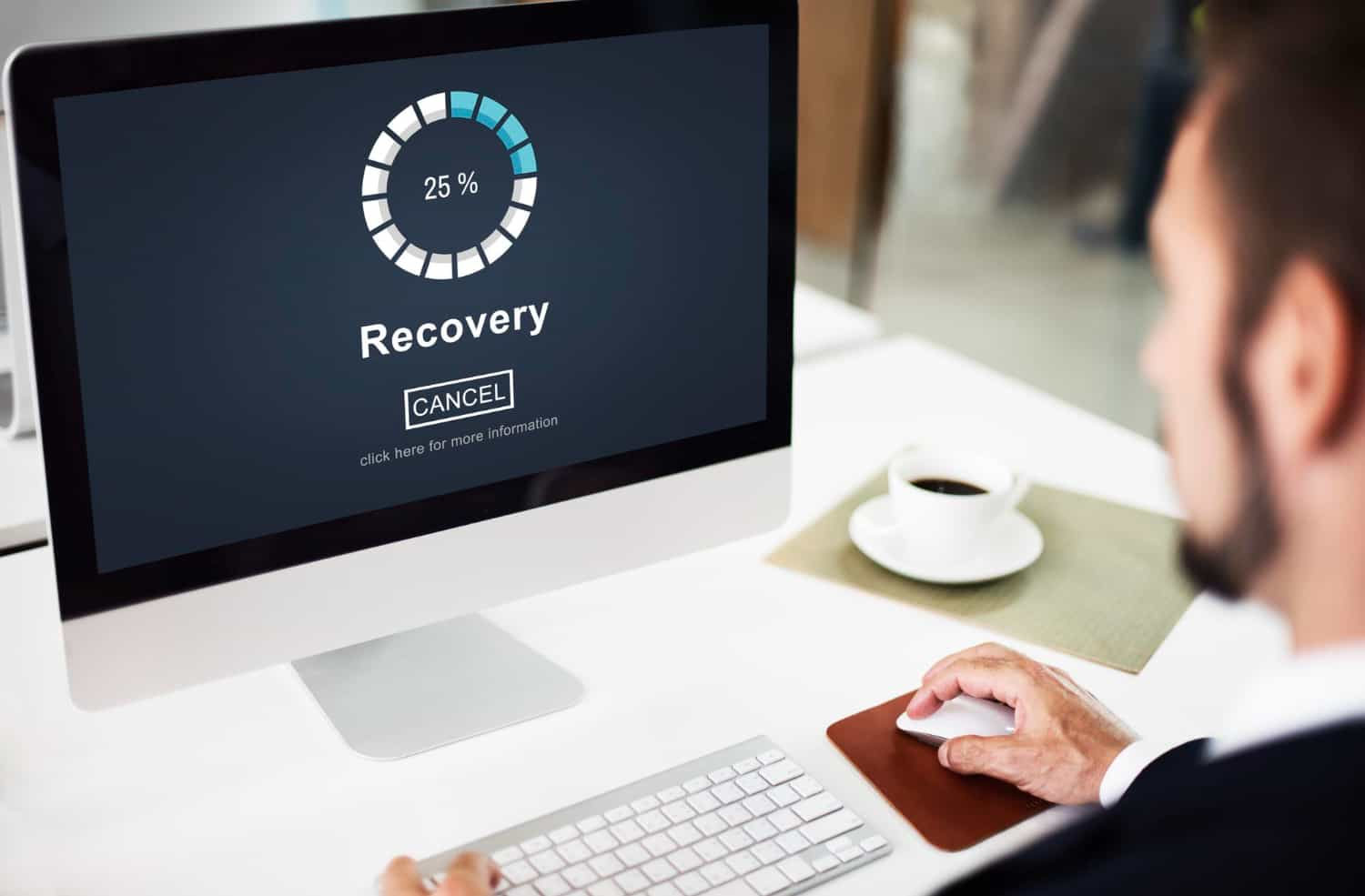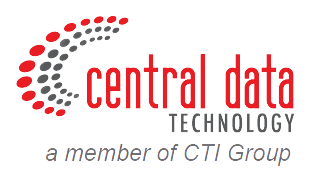
Disaster Recovery or data recovery has become very important for business in the modern era. How could it not be, data loss has become a serious threat that can disrupt a company’s operational continuity. Various factors such as natural disasters, cyber-attacks, or human errors can cause data loss in businesses.
This is in line with the Gartner report in 2023, where the average global company experiences losses due to data loss reaching US$5,600 per minute, or the equivalent of US$300 thousand per hour. In fact, 53 global companies believe that their businesses are at significant risk of experiencing unexpected events that could result in data loss.
Don’t this want to happen to your company? Read this article to find out why implementing Disaster Recovery is important for companies and what solutions you can take to help with data recovery when a disaster occurs.
What is Disaster Recovery?
Disaster Recovery (DR) is a recovery process designed to restore IT systems, data, and business operations after a disaster or disruption occurs that may cause damage or unavailability of services. These disasters can be earthquakes, floods, fires, cyber-attacks, or other events that can disrupt or destroy information technology infrastructure.
The goal of Disaster Recovery is to ensure that companies can recover their business operations as quickly as possible after a disaster occurs, thereby minimizing its negative impact on productivity, finances, reputation and customer satisfaction.
Why Do Companies Need Disaster Recovery?

It cannot be denied that in the 4.0 era, data has transformed into a very important asset for every business. However, data protection is still a challenge for every company. This weak data protection can be seen from several examples of cases of data loss that frequently occur, as follows.
Ransomware Attack
This attack can leave large portions of a company’s data encrypted and inaccessible. The hackers will threaten to delete the data permanently unless the company pays a ransom.
Natural Disasters
Natural disasters can damage physical infrastructure and technological devices. As a result, important data including administrative, financial and public service data is lost or damaged.
Technical Failure
A company could experience a technical failure on their main server. As a result, customer data including transaction data and personal information is lost without a trace.
The case above is an important reminder for companies in Indonesia about the importance of having a Disaster Recovery strategy. Data loss can have a serious impact on business continuity, customer trust, and company reputation. Therefore, companies must adopt effective prevention and data recovery measures to overcome the risk of data loss due to various threats.
How Does Disaster Recovery Work?
How Disaster Recovery (DR) works involves a series of steps and processes designed to ensure that information systems and business operations can be recovered after a disaster or disruption occurs. Following are the general steps involved in the Disaster Recovery process:
1. Planning
The first step in DR is to create a comprehensive recovery plan. This involves identifying potential risks, evaluating their impact on business operations, and determining recovery priorities for critical systems, applications, and data.
2. Recovery Strategy Development
Once risks are identified, the next step is to develop an appropriate recovery strategy. This includes selecting the right technology, infrastructure, and recovery processes to meet a company’s needs in dealing with various types of disasters.
3. Testing
DR testing is critical to ensuring that the recovery plan can work as expected when needed. It involves simulating disaster or emergency scenarios that allow companies to test the effectiveness of recovery plans and identify areas that need improvement.
4. Implementation
Once the recovery plan is tested and refined, the next step is to implement it in a production environment. This involves adapting technological infrastructure and operational processes to suit established recovery strategies.
5. Monitoring and Maintenance
Disaster Recovery is not a one-time process, but an ongoing initiative. Companies need to continuously monitor and maintain their recovery plans, and update them regularly according to changes in the business and technology environment
What are the Types of Disaster Recovery Plans?

There are several types of Disaster Recovery (DR) plans that can be tailored to the specific needs and circumstances of a company. The following are several types of DR plans that are commonly used:
On-Site Disaster Recovery
This plan involves providing recovery facilities in the same location as the data center or company headquarters. This facility is usually a recovery room equipped with the infrastructure and hardware needed to restore business systems and operations after a disaster.
Off-Site Disaster Recovery
This plan involves providing recovery facilities in a location separate from the data center or corporate headquarters. This could be a secondary data center, a third-party disaster recovery center, or even cloud-based recovery services. Off-site DR ensures that companies have backup that is secure and separate from their primary location.
Cold Site, Warm Site, and Hot Site
A cold site is an empty facility that requires configuration and installation of hardware and software when a disaster occurs. A warm site is a facility that is already partially configured with some hardware and software but needs to be further configured when needed. Meanwhile, a hot site is a facility that is fully configured with infrastructure and software that is ready to use instantly.
Data Backup and Recovery
This plan focuses on recovering lost or damaged data after a disaster. This involves periodically backing up data and storing it in a secure location. This method is often used as a component of a broader recovery plan.
Cloud-Based Disaster Recovery
This plan uses disaster recovery services provided by cloud providers. By storing data and applications in the cloud, companies can quickly restore their operations using infrastructure managed by the service provider.
Each type of DR plan has its own advantages and disadvantages, and companies need to consider factors such as cost, complexity, recovery time, and need for system availability in choosing the most appropriate one for them.
Tips for Choosing a Disaster Recovery Solution to Recover Data Quickly and Efficiently
To ensure your backup system has the best capabilities during the data recovery process, there are several things you should pay attention to.
1. Automated Implementation, Operations and Reporting
Implementation, operations, and reporting processes should be automated to save time and effort in managing data recovery.
2. Fast and Flexible Replication
Fast and flexible replication capabilities enable data to be recovered quickly in disaster scenarios.
3. Data Mobility in the Cloud with Optimized Costs
Moving data to the cloud should be cost efficient and easy to do.
4. Ransomware Detection and Prevention
The ability to detect and prevent ransomware attacks is critical to protecting data from security threats.
5. Enterprise Scalability
Data recovery solutions must be able to evolve as the business grows.
As mentioned at the beginning, using Disaster Recovery can be a way to minimize the threat of data loss. This solution allows companies to recover data and systems, if there is a failure in the company’s infrastructure either due to a disaster or cyber-attack.
Hitachi Data Protection Suite can be one of the best and most complete solutions to minimize the risk and threat of failure. Not only that, but Hitachi Data Protection Suite also has several recovery points that function as restore points for failover. This will make it easier for you to recover important company data.
The Best Disaster Recovery Solution from Hitachi Data Protection Suite
To meet increasingly complex security standards and needs, Hitachi Vantara has developed an integrated data protection solution, namely the Hitachi Data Protection Suite. These solutions include many different layers of defense, from sophisticated threat identification and detection to immutable storage to protect against cyberattacks, as well as built-in capabilities to respond and recover data quickly and easily.
By combining the superior data protection capabilities of HDPS, powered by Commvault, with HCP’s industry-leading, highly scalable object storage for Cloud Scale, enterprises can feel confident meeting the challenges that exist today and those that may arise in the future.
This solution provides comprehensive threat monitoring, including active monitoring for anomaly detection, backup monitoring to observe the rate of change in anomalies, event monitoring and rapid response to attacks.
The response includes steps such as removing threats from backups, continuous validation of data backups to ensure authenticity, and integration with existing SIEM and SOAR platforms to efficiently manage and coordinate actions.
With the features provided, the Hitachi Data Protection Suite solution not only provides comprehensive protection against ransomware attacks and other disasters, but also ensures that companies can recover their critical data quickly and efficiently, so that they can return to operations in the shortest possible time after the incident occurs. emergency event.
How can Hitachi Data Protection Suite Help Companies Implement Disaster Recovery?
Hitachi Data Protection Suite (HDPS) is a solution specifically designed to support the Disaster Recovery (DR) process effectively and efficiently. Here are some ways HDPS helps in Disaster Recovery:
Threat Monitoring
Equipped with active monitoring capabilities that can detect anomalies and suspicious changes in the IT environment. This helps in quickly identifying potential ransomware attacks or other disasters.
Fast Data Recovery
Fast and flexible data recovery capabilities. With automated recovery features and supported by scalable storage components, companies can recover their data quickly after a disruption.
Granular File and Server Recovery
Enables granular file and server recovery, allowing companies to recover only the data or applications affected by a disaster, without having to restore the entire system.
High Availability and Direct Replication
Provides high availability and direct replication options to ensure high availability of data and applications. This helps in meeting stringent Recovery Time Objective (RTO) requirements.
Validate Backup Data
Continuously validate backup data to ensure its authenticity and integrity. This helps in ensuring that the recovered data is trustworthy and not corrupted.
Orchestration with API
Can be integrated with Security Information and Event Management (SIEM) and Security Orchestration, Automation, and Response (SOAR) platforms via REST APIs. This allows companies to manage and coordinate recovery actions efficiently.
Get Hitachi Data Protection Suite from CDT
It’s time to take advantage of the Hitachi Data Protection Suite solution which effectively protects your data from loss and when a disaster occurs, the data can be recovered quickly so that business operations continue to run smoothly.
As an authorized partner of Hitachi Vantara, CDT will also help you avoid trial and error starting from the consultation, deployment, maintenance, to after sales support stages. Supported by a team of experienced and certified IT professionals, CDT will help you through the entire Hitachi Vantara solution adoption process to ensure all business data is protected. Interested in the Hitachi Data Protection Suite solution? Immediately contact our team by clicking the following link.
Author: Ary Adianto
Content Writers CTI Group

